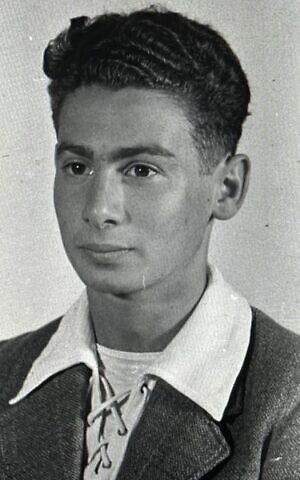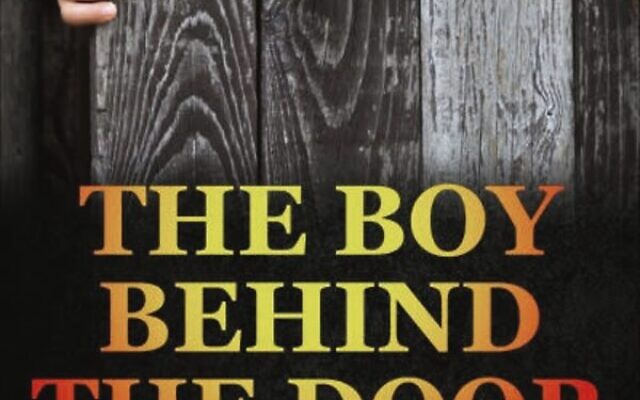How Salomon Kool evaded the Nazis
“It has to be precise,” Tabatsky said. “My faithfulness to the story, and my feeling of responsibility to Salomon and his family, I had to be all in.”
When David Tabatsky was 11 years old, he was sent to Jewish summer camp. It was his first time away from home. During summer camp, the kids were shown Let My People Go, which, as Tabatsky noted, was pretty graphic for a group of pre-teens.
So, when he started writing a book about Salomon Kool, he knew it had to be both factually accurate but also engaging and relatively easy to read. Importantly though, he decided that The Boy Behind the Door should also be accessible for older teens and adults who cannot emotionally handle other Holocaust material.
“The subject matter wasn’t brand new,” he told The AJN over Zoom from his home in the United States. “But to meet Salomon Kool and to walk with him through the neighbourhoods where he lived, went to school, where the Jewish theatre was – where his family was taken because the Nazis turned it into a deportation centre – that stuff is so visceral.”
Kool was a Dutch teenager who survived the war, first by hiding behind his bedroom door, and then with the help of Resistance fighters and non-Jews.
The way Tabatsky hooks his readers in, starting the all-important relationship is Kool’s bar mitzvah. Written for tweens of the same age, Tabatsky explained that Amsterdam was invaded just as Kool was about to celebrate his Jewish milestone.
Tabatsky said that for him, writing, as well as performing – which he did when he was younger, before he had kids of his own – is all about storytelling.

“It’s all the power and potential of storytelling. Whether it’s fiction or non-fiction, you need to connect with the readership,” he said. “Some of that is figuring out how to jump into the story, as quickly as possible in very simple terms, and creating a rhythm and atmosphere, a temperament, all of those things that a reader can feel invited to and want to stay at the party, no matter what the subject is, whether it’s as unimaginable and horrific as the Holocaust, or it’s a simple novel.”
Tabatsky explained that while Kool and his wife were very open with their stories, he still had to do a lot of research to fill in the blanks, particularly around what was happening externally to their story.
“It has to be precise,” Tabatsky said. “My faithfulness to the story, and my feeling of responsibility to Salomon and his family, I had to be all in.”
What Tabatsky said is really important about this particular book is the way the story is delicately told, bearing in mind that kids and teenagers of today have access to a literal world of information, at their fingertips.
“This book is not even that heavy compared to what they can access. On any given day they can just go watch what’s going on in Ukraine in living colour and in real time,” he said.
“I thought, you know, they can handle it. And they should handle it. You grow up with the Hebrew word ‘zachor’, and it figuratively becomes tattooed into your being. But every year, you get further and further away from the war. People are talking about it just a little bit less. The next generation, they don’t need to be reminded, they need to be taught. And stories like this are easier ways for them, because it’s a simple story told in a simple way. We really have to engage the children in a way that they take on the responsibility themselves.”
The Boy Behind the Door: How Salomon Kool Escaped the Nazis is published by Amsterdam Publishers.


comments